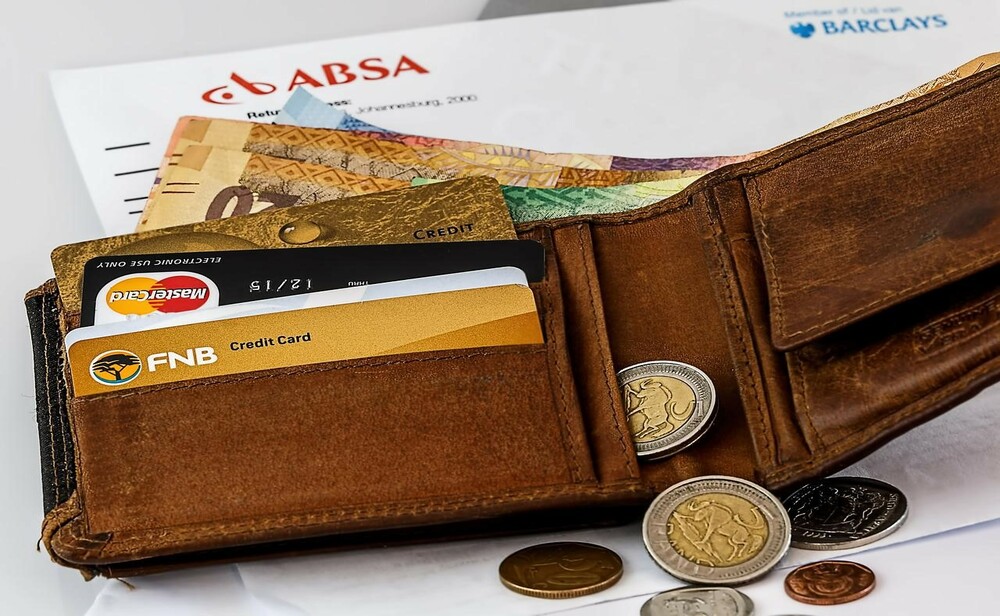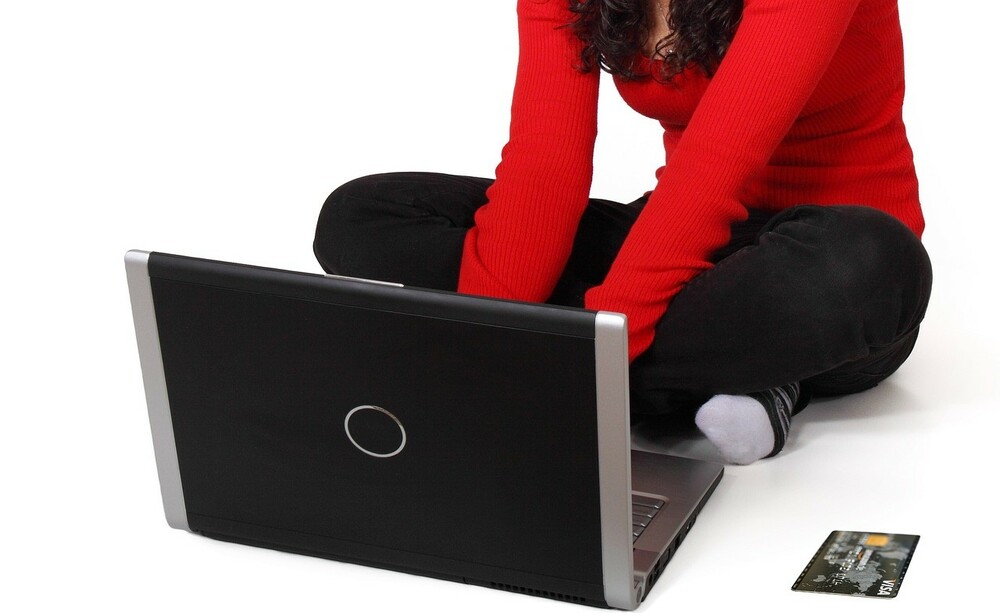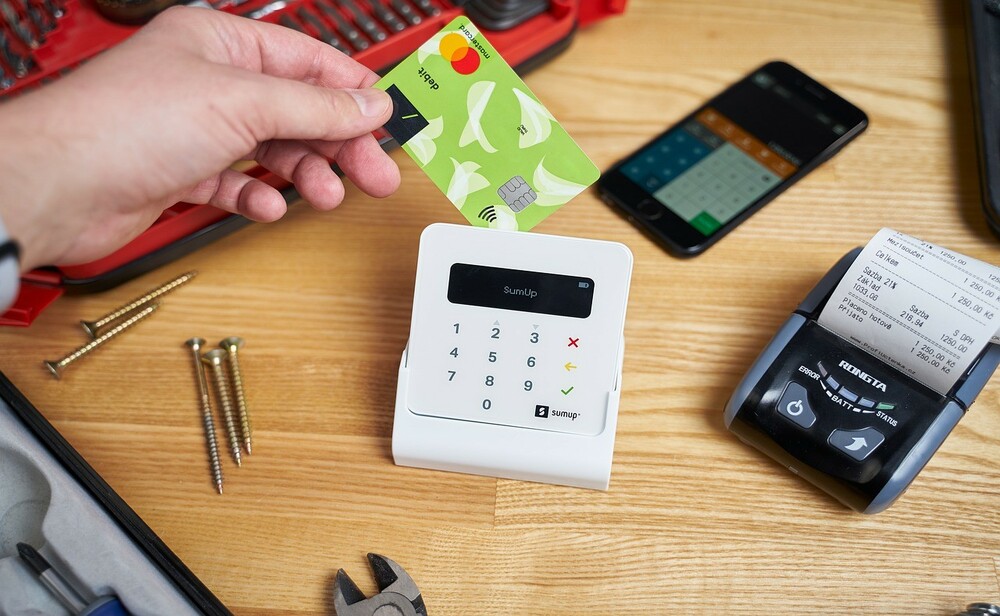How to Calculate Your Credit Utilization Ratio
The utilization ratio is the percentage of available credit you use on average. For example, let’s assume you have a credit card with a limit of $3,000, and your average credit usage is $500 a month. Your average utilization ratio is 20%. Credit utilization is the biggest determining factor in your credit score, so you need to pay attention to it and take steps to reduce it. In general, lenders are not going to extend you more credit if your utilization is above 30%.

What to Do?
You can begin by establishing a credit limit that works for you. If you have a tight budget, look at your credit card bill and try to get it down to about $300. If that’s difficult, aim for $200. Then pay down your card’s balance each month, and check your card’s limit often. Try to find a balance that is somewhat high, but low enough that it makes sense to carry it if you are traveling or incurring an expense.
The credit utilization ratio does not apply to traditional loans. If you pay back your credit card in full every month, you are not using more than 30% of your available credit. And because you’re not going over 30% on other loans, you will never reach your credit limit. In order to reach your credit limit, you have to make regular payments on time. Making payments helps you to maintain your good credit standing. Paying off your card and then using it again every month will also hurt your credit score.
How to Calculate Your Credit Utilization Ratio
Since the utilization ratio is the biggest determining factor in your credit score, you need to pay attention to it and take steps to reduce it. In general, lenders are not going to extend you more credit if your utilization is above 30%. It is advisable to use a comprehensive credit evaluation to get an accurate view of your creditworthiness. Let’s begin with the following steps:
Step 1: Calculate Your Credit Utilization Ratio
Take the average credit card utilization rate for the cards you use and find the average by dividing your total credit limit by your average monthly charges. For example, if you have a $3,000 limit and use $500 a month, your average credit utilization is 20%. To calculate the utilization ratio, divide your credit limit by your average monthly charges.
Step 2: View Your Credit Utilization Ratio as a Percentage
The percentage you want to use is the average credit utilization rate divided by the total credit limit. This is your average credit utilization. So, if your credit limit is $3,000 and your average credit utilization rate is 20%, your credit utilization percentage is 70%.
Step 3: Calculate Your Credit History Average Utilization Ratio
Your credit history average utilization rate is the average credit utilization rate divided by the average credit history. To calculate this, take the average credit history ratio and add it to your average credit utilization rate. For example, if you have a credit history average of 30% and a credit history average of 70%, your credit history average utilization rate is 70% × 30%.
Step 4: Calculate Your Credit History Average Utilization Ratio Using a Credit Plan or Policy
If you have a credit card with a rewards program, your credit utilization ratio is a percentage of the rewards credit limit divided by your rewards credit limit. It is the amount of rewards credit limit that you use on average. For example, let’s assume your credit card limit is $3,000 and your average credit utilization is 20%. The maximum rewards credit line is $10,000.
Your average credit utilization is 70% so your rewards credit line is $9,600. Your total rewards credit line is $10,600. The maximum credit line is calculated by dividing the rewards credit line by the credit limit. If your rewards credit line is $9,600, your average credit utilization is 60%. If your rewards credit line is $10,600, your average credit utilization is 70%.
Step 5: Compare Your Credit History Average Utilization Ratio to Your Credit Plan Average Utilization Ratio
For every credit card that you use, the maximum reward credit line is your rewards credit line divided by the credit limit. If your rewards credit line is $10,000, your average credit utilization is 70%. The maximum reward credit line is your rewards credit line divided by your average credit utilization rate. Your credit utilization ratio is the credit utilization ratio divided by the credit limit. Compare your credit history average utilization ratio to your credit limit by dividing the credit limit by the credit history average utilization rate. It is the credit utilization ratio divided by your credit limit.
6. Review Your Credit Report and Credit Score
As your credit utilization ratio is an indication of your credit health, it should be reviewed regularly. But to make sure it is, you have to go to AnnualCreditReport.com and request a free credit report. From there you can get a free copy of your credit report, annual credit score, and a list of items that were reported as disputed. In the credit report, you will be able to see the credit lines, loan balances, the revolving balances, and any other items that have been reported as recently reported as disputed or changed.
You also have the option to order a free copy of your credit report. You can obtain a free copy online by contacting the three major credit bureaus. The site for the credit bureaus is AnnualCreditReport.com. You will need to contact the credit bureau by phone or online to request a copy of your credit report and score. Make sure to request the most up-to-date copy of your credit report. These reports should be reviewed every 12 months, but if you do not see an error, you can use the report to initiate a dispute with the credit bureaus to have items removed from your credit report. You can dispute items in your credit report by using the forms found at AnnualCreditReport.com or by calling the credit bureaus.
How Credit Utilization Ratio Affects Your Credit Score
Everyone is watching their credit score. Once your credit utilization ratio exceeds 30%, the impact of your use of credit starts to be seen in the scores. For instance, it could mean that your credit score will have a negative impact because the average score takes into account your credit utilization ratio. A credit utilization ratio also determines the minimum score that lenders will assign to you when considering you for a loan or a credit card. In a nutshell, the lower the number, the better for you.
The credit utilization ratio does not just affect your credit score; it also impacts your credit score in different ways. In addition to a credit utilization ratio, you will need to pay attention to:
- How many Credit Lines do You Have
- How Long You Have Left to Pay Off Your Credit Card Balance
- Credit Applications You Submit per Month?
- The Cost of Your Credit Card Maintenance Costs
- The Terms of Your Credit Card Agreement
1. How Many Credit Lines You Have
When you start building credit, it is very helpful to have a line of credit with a credit card. With a credit card, you can start building up a good credit history without tying yourself to a long-term plan. Most credit cards have no annual fee, but it is a good idea to review your credit card agreement for card fees that might add up to be very expensive in the long term.
You will also want to limit the number of credit lines you open up because having too many lines of credit may raise your credit utilization ratio. Having too much credit in your hands can also mean that you are more likely to take on debt than to pay it off. Having too many lines of credit will also make it harder for you to qualify for a new credit line.
2. How Long You Have Left to Pay Off Your Credit Card Balance
You should have a plan on how you intend to pay your credit card balance off. You might want to avoid paying extra interest on your credit card balance, which can mean having a more expensive debt in the long term. If you are paying interest on your balance, you might be able to get a balance transfer card or a credit card with 0% APR to pay your balance off quickly.
Most credit cards offer 0% APR balance transfer cards and these allow you to pay off your balance in a period of a few months. If you do not have a plan on how you are going to pay your credit card balance off, it might be difficult to meet your goal. If you have other debts to pay, it will be difficult to plan your budget.
3. How Many Credit Applications You Submit per Month
More credit applications or credit inquiries have done per month is better than having too few. Having too few applications could mean that you are not taking advantage of the credit that you have available and that you are not using credit responsibly.
Having too many credit applications could mean that you are too aggressive with your credit applications, for example, applying for too many credit cards to qualify for a promotional rate. Too many credit applications or credit inquiries will usually increase your credit utilization ratio.
4. The Cost of Your Credit Card Maintenance Costs
Credit card maintenance is like paying off a mortgage: if you do not keep up with the maintenance costs, you will have to pay higher interest rates on your credit cards. In addition, when you pay your credit card balance in full each month, your credit score will improve as well.
If you maintain your credit cards, you are less likely to run into a situation where your credit card balance is so low that you might have to choose between paying off your mortgage and paying off your credit card balance.
5. The Terms of Your Credit Card Agreement
There are two main terms in your credit card agreement that you need to pay attention to: the interest rate, and the late payment fee.
- The interest rate is the maximum that your credit card charges each month. The monthly interest rate might be significantly different for the cards that you have compared to the cards of the same brand and the same size. Most credit cards will show the interest rate at the top of the card where you can see the rate for that month. The interest rate and the APR can vary with the card you are dealing with.
- The late payment fee is the amount that you have to pay if you miss a payment on your credit card. When you have a late payment fee, it means that you will have to pay a penalty if you miss your payment. In most cases, the late payment fee is 0% APR. However, some credit cards impose a late payment fee ranging from $10 to $35 per late payment.
These credit card terms are important because when you have a late payment fee on your credit card account, your credit score will not increase. You will not be able to apply for another credit card. Ask your credit card issuer about any promotions or benefits that apply to your credit card, and you might be able to get a lower interest rate.
Keep Your Credit Utilization Ratio Low:
The key is to keep your utilization ratio low. If you have too much credit available and you’re using too much, your credit score will suffer. That’s why it’s important to pay off your cards every month so you’re not in default and to pay on time. If you can make a few on-time payments, you could reduce your credit utilization to below 30%.
To keep your credit card utilization ratio low, avoid carrying a lot of credit card debt. Aim to have one to three credit cards with outstanding balances on them, and you’ll still be within your budget. Take advantage of the credit card rewards programs and make a point to pay off your balances in full each month. If you need to open a new credit card to do so, aim to make your minimum payments on time and to limit the amount of credit available.
Additionally, if you have multiple cards, you could choose to close one of them. You’d then be left with only one credit card for which you’re likely to use the full available credit and have little remaining credit available. That should allow you to keep your utilization low. If you’re still carrying a card that you can’t manage, it could be time to consider closing it or transferring it to a different card issuer.
Every time you get a new credit card, contact the issuer within a month or two to see if it’s possible to have one of the existing balances switched to an account with a lower balance. Some issuers offer this as a courtesy, but others may charge a fee if you want to make such a change.
Must Read: The 15 Most Important Things to Consider for Credit Repair





